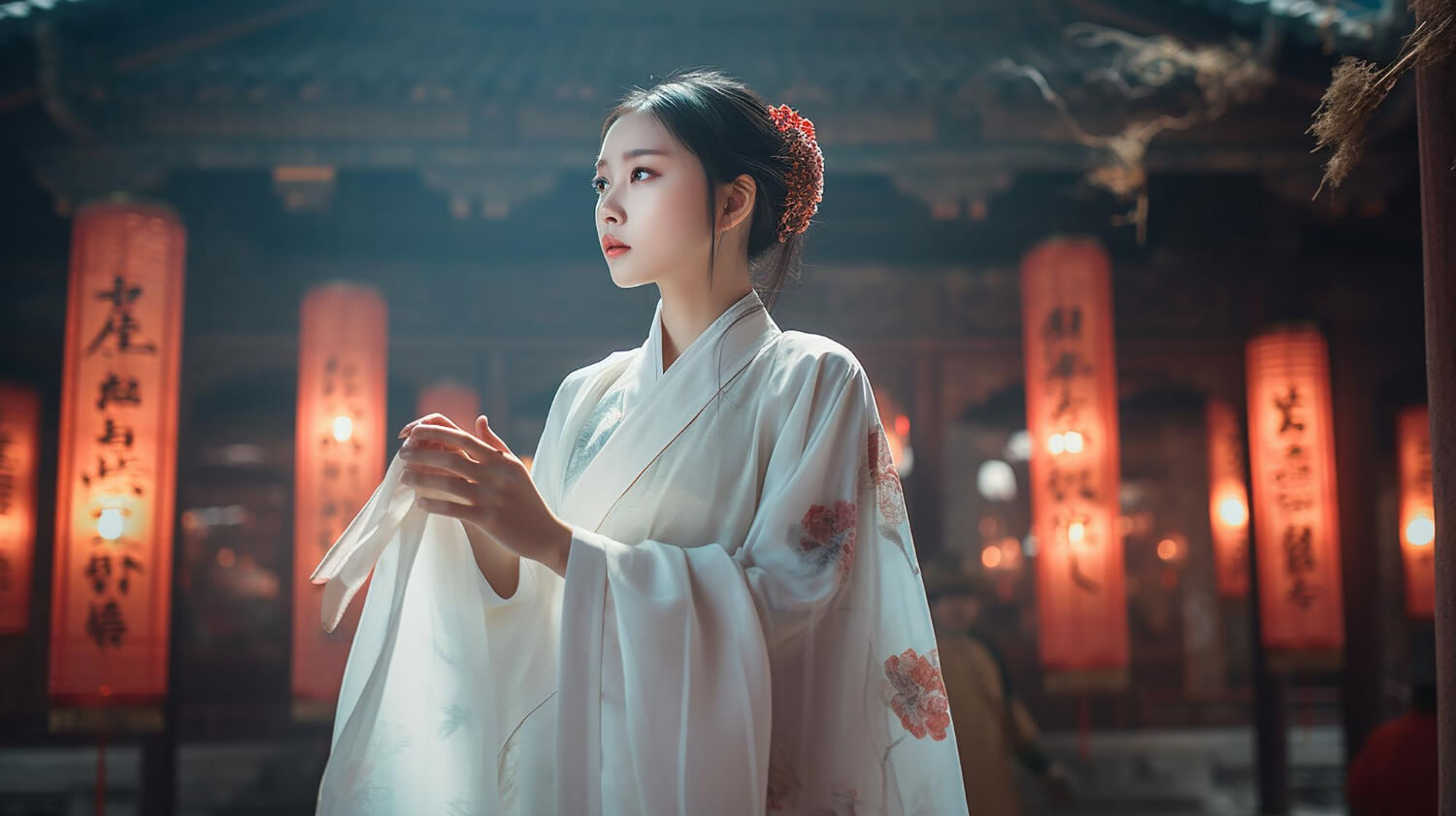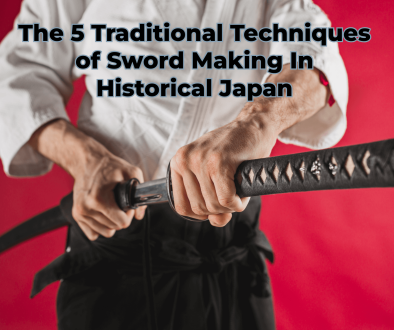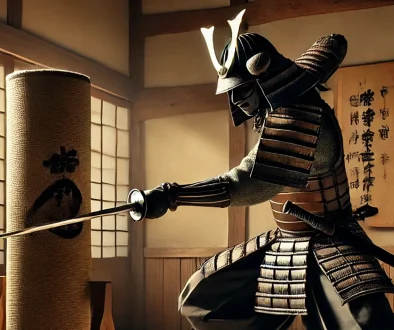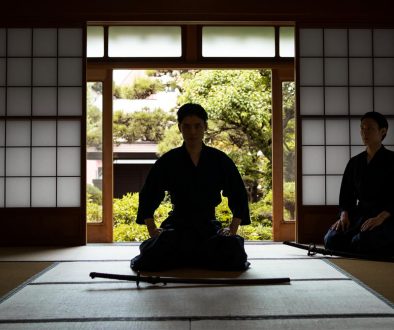Nobuko’s Spiritual Influence Through Japan’s Tapestry of Time
Fujiwara no Nobuko’s early life symbolized the privileged and power-laden environment she was born into. While she would continue to create her legacy, her formative years and the weight of her lineage undoubtedly shaped the path she’d traverse in the annals of Japan’s history.
Noble Birth and Early Life: Understanding Nobuko’s Fujiwara Lineage
Fujiwara no Nobuko’s early life was a testament to the ancient pedigree of her lineage. Born into the illustrious Fujiwara clan in 964, she was destined for greatness from her first breath. The Fujiwara clan, established in the 7th century, was not just a family but an institution in Japan’s Heian period. Their lineage was intertwined with the fabric of the Japanese imperial court, having produced numerous regents, chancellors, and consorts that shaped the nation’s destiny.

Nobuko’s early days were likely spent within the grand halls of the Fujiwara estates, surrounded by tales of her forebears, and learning in similar ways to still how many teachings are passed down to generations in Japan, by spoken word. She would have been groomed in the ways of the court, mastering the arts, literature, and politics deemed essential for women of her stature. This early education prepared her for future roles and firmly rooted her identity within the Fujiwara legacy.
The cultural atmosphere of this period was characterized by its emphasis on beauty, elegance, and refinement. And as a young maiden of the Fujiwara clan, Nobuko would have been at the very heart of this renaissance. Her upbringing would involve lessons in poetry, calligraphy, and music – the essential trifecta of Heian aristocracy. In addition, she’d be taught the subtle arts of courtly behavior, from the intricacies of layering her robes to the etiquette of ceremonial events.
As she transitioned from childhood to adolescence, Nobuko’s potential as a critical player in courtly alliances would have become clear. Marriages in the Heian period were less about personal choice and more about political strategy. Nobuko, with her prestigious lineage, was a coveted match. The position of High Priestess for the Imperial Shrines at Kamo required that she avoid many of life’s indulgent distractions, such as marriage and lovers.
Ascension and Influence: Nobuko’s Journey to Great Empress Dowager
Fujiwara, no Nobuko’s rise to the status of Great Empress Dowager was not merely a result of her illustrious birthright but a testament to her capabilities and the intricate dance of politics she navigated throughout her life. Although it would have been a challenge, the nuanced world of the Heian court, positions, and titles were more than just nominal honors; they were significant indicators of influence and power dynamics.
She was also the Imperial Princess Senshi, AKA Dai-Saiin (Great Imperial Kamo Priestess). A High Priestess was chosen based on the process of divination. Let’s face it. Ninja eventually learned to take advantage of these fears and spread fear and powerlessness into the ruling classes. Since the Japanese culture established itself without too much influence from the West, superstition and esoteric spiritual concepts from Buddhism flourished.
As Nobuko transitioned from a maiden of the Fujiwara clan, thanks to losing her parents at an early age, she still became a critical figure in the imperial court, her journey marked by marital and political-strategic alliances. Such alliances were common in the Heian era, where marriages often acted as bridges between powerful families, establishing networks of influence and consolidating power. For Nobuko, her marital and familial ties gave her a unique vantage point to influence court decisions, shaping policies and impacting the broader sociopolitical landscape of Japan.
She was not merely a passive spectator at the imperial court’s heart. The court was a place of active diplomacy, deception, and strategizing. Some of these techniques’ best guides and strategies were kept a secret over time in sacred ninja scrolls. Nobuko would have played her part in influencing Emperor appointments, decisions regarding provinces, and even religious and cultural patronages. Her role as the Great Empress Dowager gave her considerable clout, managing everyday country issues and stabilizing everything around her during political unrest and uncertainty.
Beyond her political maneuverings, Nobuko’s presence and influence can also be traced to the cultural relics of her time. Court women often patronized the arts, literature, and religious endeavors, leaving behind legacies that outlasted their lifetimes. Nobuko likely had her favorites among her era’s poets, musicians, and artists, ensuring their work flourished under her patronage. Friendships were something to be cherished for leaders in positions of power and influence.
Her tenure as Great Empress Dowager was not just about holding a prestigious title but actively using that position to effect change, guide the court’s direction, and leave an indelible mark on the history of Japan. In the annals of Heian history, Fujiwara no Nobuko’s ascension and influence underscore the complexities of courtly life and the pivotal roles women could play. This is still marked by today’s standards, where although very few women hold positions of power in business and technology, the ones that do are incredibly qualified and respected.
A Life Amidst Grandeur and Intrigue: The Heian Court as Nobuko Knew It
The Heian court was a dazzling spectacle of luxury, culture, and political intrigue. It allowed the people of Japan to feel proud of their achievements if such power and wealth could be displayed in their backyard. For Fujiwara no Nobuko, this court wasn’t just a backdrop and the stage on which her life unfolded. It was an era where the aesthetics of life were as significant as politics, where every gesture was meaningful, and where the shifting allegiances of courtiers could change the fate of the empire.
The layout and architecture of the Heian Palace, with its vast complexes, ornate rooms, and manicured gardens, reflected the hierarchy and protocol of courtly life. She played out ceremonies, rituals, and festivals in this setting, marking seasons, religious observances, and political events. With her status, Nobuko would have been a central figure in many of these ceremonies, dressed in layered silk robes, her attire signaling her rank and influence.
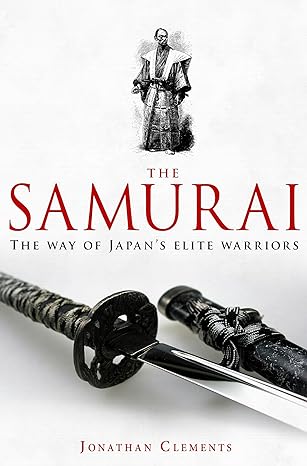
But beyond the visual splendor, the Heian court was a hotbed of power plays. The relationships between the imperial family, the regents, and the influential clans like the Fujiwara were intricate and constantly evolving. Each decision, alliance, or feud had ramifications that could ripple across the empire. Nobuko’s position demanded that she be adept at navigating these treacherous waters, ensuring her clan’s interests while maintaining the delicate balance of power.
Life at the court had its challenges. The complexities of Heian politics meant that personal and political enmities could arise suddenly. Wars, rebellions, and natural calamities also cast shadows on the court. However, it was up to Nobbunko to provide spiritual guidance to those seeking it. Through all these ebbs and flows, Nobuko’s life offers a lens into a world that, while distant in time, continues to fascinate with its blend of beauty, culture, and intrigue.

The Fujiwara Dominance: Navigating Family Ties and Political Ambition
The Fujiwara clan stands out as one of the most dominant forces in the annals of Heian history. Their unique position as regents to the throne, a role they almost monopolized for centuries, was more than just a political masterstroke; it was an intricate web of matrimonial alliances, shrewd diplomacy, and, at times, ruthless ambition. For Fujiwara no Nobuko, her lineage was both a boon and a responsibility, a source of immense power and potential pitfalls.
Yet, being a Fujiwara was not without its internal dynamics. The clan, vast and influential as it was, was not a monolithic entity. Different branches vied for dominance, and intra-family rivalries were as potent, if not more so, than external threats. Nobuko would have had to maneuver through these familial politics, aligning with certain factions, appeasing others, and occasionally confronting dissent. Maybe that’s why there was no divination to replace her for over 57 years, giving her the title of the longest-serving High Priestess at Kamo.
The clan’s vast estates, religious patronage, and control over critical bureaucratic positions further amplified their influence. They were not just political leaders but also cultural trendsetters and economic magnates. Their trade extended to temples, artists, and scholars. Given her stature, Nobuko would have been central to many of these endeavors, guiding the clan’s cultural and religious pursuits.
However, with great power came challenges. The very strategies that solidified Fujiwara’s position also made them targets. Rival clans, disgruntled courtiers, and even dissatisfied members of the imperial family occasionally rose against them. For Nobuko, these were political challenges and deeply personal battles where the lines between duty, ambition, and survival often blurred.
In understanding Nobuko’s journey, it becomes evident that the Fujiwara legacy was not just about dominance but resilience, adaptability, and the intricate dance of power in the Heian era.
Heian Society’s Tapestry: Nobuko amid Religion, Art, and Daily Life
The Heian period, from 794 to 1185, remains one of Japan’s most celebrated epochs, revered for its artistic achievements, religious evolutions, and the intricacies of court life. Within this vibrant mosaic, figures like Nobuko stood as participants and patrons, shaping and being shaped by their times. She lived till 1031, enabling her to match her wisdom to years.
Religion in the Heian era was multifaceted. While Buddhism continued to flourish, integrating with native Shinto practices, new sects such as Pure Land Buddhism and Esoteric Buddhism began to gain prominence. Temples like Kiyomizudera and Byodoin were constructed, reflecting religious fervor and artistic innovation. As a prominent figure, Nobuko would have been expected to patronize these religious establishments, participate in rituals, and make pilgrimages to sacred sites. Her personal beliefs and choices would have influenced the religious landscape of the time. Much of her lifestyle was recorded in the famous fictional books of the time.
This parallels these spiritual pursuits to Heian art and literature flourishing. The ‘kana’ script, which allowed for the phonetic transcription of Japanese, was refined during this period. This linguistic evolution led to a distinctive Japanese literary tradition, epitomized by works like “The Tale of Genji” and “The Pillow Book.” Nobuko’s court would have been a hub of artistic and literary activities, with poets, musicians, and artists seeking her patronage. Her role in promoting and preserving these cultural treasures was pivotal, and she was even inspired to write a collection of her poetry, which gave an insight into her priorities.
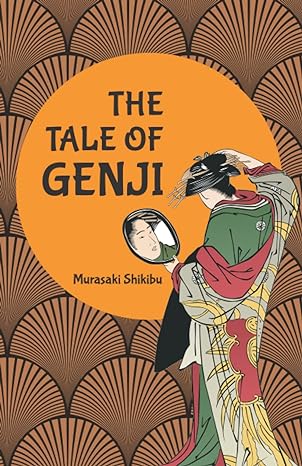
Yet, amidst this high culture, daily life in Heian Kyoto had its rhythms. The city was meticulously planned, with aristocratic mansions, bustling markets, and serene temples. Fashion was intricate, with layered robes (‘juni-hitoe’) indicating rank and season. Perfumes, incense competitions, and moon-viewing parties were popular pastimes. As a leading figure, Nobuko’s tastes, preferences, and even whims would have set trends, influencing everything from the design of palaces to the choice of a season’s favored color.
However, the Heian era had its challenges. Natural disasters, epidemics, and occasional unrest disrupted the idyllic portrayal of court life. With her responsibilities and stature, Nobuko would have been at the forefront of relief and recovery efforts, balancing the demands of leadership with the vulnerabilities of her human experience.
Through the lens of Fujiwara no Nobuko’s life, the Heian period unravels as a tapestry of faith, artistry, and human endeavor, where the sacred and the mundane often intersect, creating a world of nuanced beauty and profound insights.
Tracing the Imprint of a Great Empress Dowager in Subsequent Eras
The life of Fujiwara no Nobuko, the Great Empress Dowager, was an intricate weave of power, culture, and grace, leaving an indelible mark on Japan’s history. Even after the Heian era drew to a close, her influence permeated the subsequent epochs, from the rise of the samurai class to the more distant modern times.
The Kamakura and Muromachi periods, characterized by the ascendancy of the samurai and a shift in political power from the imperial court to the shogunate, still bore traces of Nobuko’s legacy. The values she championed, the cultural renaissance she nurtured, and the political nuances she navigated became part of the foundational narrative for the new ruling class. They looked back at leaders like Nobuko for inspiration and legitimacy, even as they carved a distinct path forward.
Moreover, the cultural institutions and artistic movements that Nobuko had patronized continued to flourish. Temples she had supported became centers of learning and spirituality, preserving and propagating the blend of Shinto and Buddhist traditions. Literary works from her era, or inspired by it, became classics, studied and emulated by scholars and artists in subsequent generations. The aesthetic ideals of the Heian period, epitomized by figures like Nobuko, continued to influence Japanese art, poetry, and design.
In modern times, Nobuko’s life story is a testament to women’s leadership, foresight, and resilience. As Japan transformed – from the Meiji Restoration’s drive to modernize to the challenges of the 20th and 21st centuries – historical figures like Nobuko served as touchstones, grounding the nation in its rich past while inspiring the future.
Today, in literature, theater, and even in school curricula, the tale of the Great Empress Dowager is recounted with reverence. Sites associated with her life are preserved as heritage landmarks, and festivals and ceremonies commemorate her contributions. In essence, while centuries have passed, the legacy of Fujiwara no Nobuko remains undiminished, echoing as a profound reminder of a leader who shaped the destiny of a nation.
